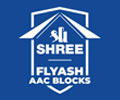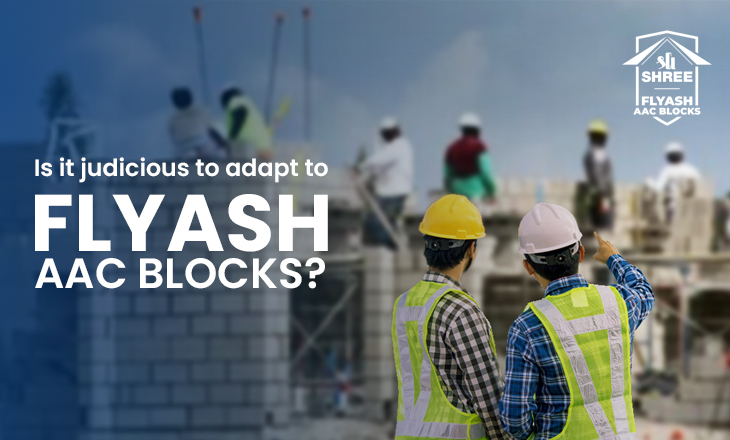We are used to seeing red clay bricks as a construction material from our childhood. Kept in stacks around the corner of the construction sites; it seemed that these red bricks enjoyed their monopoly in the construction sector.
There are a few reasons why these red bricks are much sought after. Their durability, easy handling, cost-effectiveness and ready availability are the main attributes that have made them so popular over the years. However, it has been well-documented that its manufacturing is adversely affecting the environment, especially due to the depletion of the fertile topsoil. It not only leads to infertility of the soil but also imparts harmful effects on the atmosphere.
During the production of red bricks, they are typically baked in kilns, many of which are coal-fired. This process leads to the emission of harmful and toxic substances into the atmosphere. Consequently, more and more architects and builders have turned to a better option, namely, the AAC blocks or Autoclaved Aerated Concrete blocks.
What makes the Flyash AAC blocks a better option?
The following aspects will help us understand this and compare the facts better. Let’s get into the details of Flyash AAC blocks vs. Red bricks:
1. Compressive strength
In general, the compressive strength of these eco-friendly Flyash AAC blocks ranges between 3 to 4.5N/mm2. In contrast, the compressive strength of red clay bricks ranges between 2.5 and 3.0N/mm2. Low-compression bricks may break when subjected to extreme pressure or weight, potentially causing structural damage in the house.
Individuals who have utilised Flyash AAC blocks have praised their durability as compared to red clay bricks, which are known to be brittle. As a result, red clay bricks break easily when they fall, resulting in significant material wastage during the construction process.
2. Sustainability
The AAC or eco-friendly building blocks are not toxic, as they are manufactured using naturally available raw materials in a non-toxic procedure. But the red bricks, as discussed above, cause pollution and are not environmentally friendly.
3. Utility
The Flyash AAC blocks are very easy to handle. These are developed to be lightweight so that they can be handled without any trouble. Red bricks on the other hand, especially on a large scale, are extremely heavy to handle and not that effective. The excessive weight of red bricks also adds to the transportation cost, making it much higher than Flyash AAC blocks.
4. Workability
In the case of Flyash AAC blocks, you have to incur less expense on the labour. But for red clay bricks, your labour charge will be quite high since their size is much smaller than Flyash AAC blocks. Therefore, to construct a structure of identical size, the time and labour required are much higher for the red bricks in comparison to AAC blocks.
Shree Flyash is one of the top manufacturers of eco-friendly building blocks (Flyash AAC blocks) in the industry. We as a brand are supported by a loyal and colossal clientele; as our consumers trust us with the quality of our services and products, especially. For more information on our superior product, namely, the Flyash AAC Blocks, you can surf through https://shreeflyashaacblocks.com/aac-blocks-delhi-ncr/ for extensive information.

